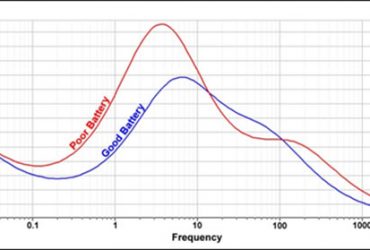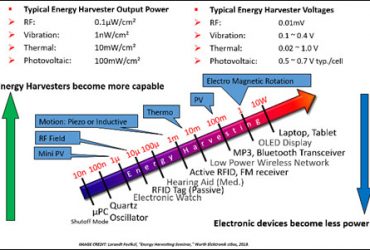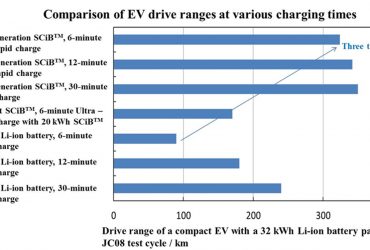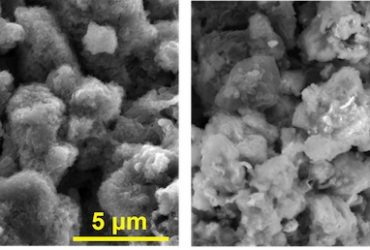Contributed Commentary by Isidor Buchmann, CEO & Founder, Cadex Electronics, Inc.
A battery resembles a living organism that cannot be measured; only estimated by diagnostics similar to a doctor examining a patient. The accuracy of rapid-testing varies according to symptoms that change with state-of-charge (SoC), agitation after charge and discharge, temperature and storage. A rapid-test must distinguish between a good battery that is partially charged and a weak pack that is fully charged. Both will deliver similar runtimes in the hands of the user but have different performance levels. Read more about Battery Rapid-Test Methods …












